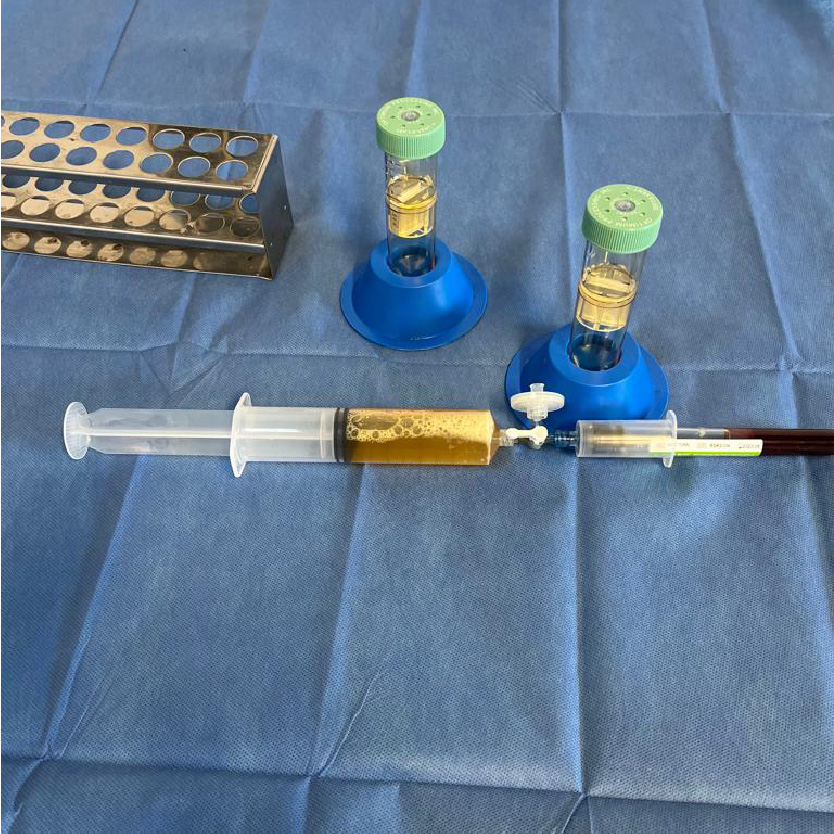Drug Free Sports Management in Equine Athletes
A proactive approach pays off…
“In my opinion (veterinary) medicine moves through a transition period and we have had practically 50 years of development and extensive use of everything “anti” – antibiotics, anti-inflammatory etc. Traditionally sports medicine is associated with the use of painkillers and steroids to make a lame horse still perform. These treatments are based on suppressing a disease or condition. Negative aspects and limitations of this practice are the obvious damaging effects on the health of the horse, ethical dilemmas, resistance against antibiotics and the art of avoiding getting caught for doping.”
“I am not saying this type of practice doesn’t exist anymore, but in my own career I have seen the opportunity to rather move towards sustainable and proactive equine performance medicine and management without the negative ethical and medical side effects.”
Horses Are Athletes
We must start to accept and understand that the horses we select for use and performance are by definition “athletes”. These horses will push that bit harder, are more focused on the job and have the character to want to be the best and win. We also need to understand that these horses are pushing the safety margins of the body and are more likely to get injured.


Injury Prevention - Owner
As horse owners, we are obliged to do everything we can to avoid injury to our horse where possible. Finding “areas at risk” starts with good yard management by a team.
What to look for and be aware of:
- developing weaknesses, mild swelling of a joint, local pain, etc. before these become serious injuries.
- Small behavioural changes like not wanting to get caught in the stable, slowing down on the way to the track or arena, difficulty tacking up are often subtle signs of something “being wrong”.
- minimal changes in presentation of areas like joint swelling
- heat in tendons,
- irregular muscle development
- abnormal wearing of shoes
- differences in balance and strength on left and right hand, etc.
Injury Prevention - Veterinary
From a veterinarian point of view, Equine Athlete International have developed a skill set that is geared towards noticing these subtle changes. Working with protocols of regular clinical assessments and taking the rider and owners feedback into the aspects of examination is always the start. We can then decide to monitor the horse using biometric tracking devices and rider assessment or use other preventative measures.
In many cases we “zoom in” using technologies like infrared imaging. We also carry out preventive scanning of tendons and suspensory ligaments using the unique UTC technique. This technology uses actual tendon and ligament fiber analysis in order to diagnose early overloading effects in these structures that an ultrasound can’t see – see EquineTendon for more info. Careful analysis of joint presentation, mobility, dynamic function, and joint fluid can pick up early (degenerative) changes.


Prevention Planning
Once we have highlighted these areas of interest, we can then plan to manage these in such a way that (further) body damage can be avoided. It speaks for itself that using steroids in situations like this are often of little use, but there are many proactive measures we can take. This ranges from changing training methods/routine, looking at hoof balance, applying focused physiotherapy and using local treatments with regenerative substances rather than anti-inflammatories.
This way of management will avoid injury, does not jeopardies future (joint) health and will lead to optimal development of the horse. Needless to say that this will lead to a happier, better performing and more valuable horse; everybody wins…
Treatments
We can look at treatments that will not suppress, but actually encourage the bodies own ability to kill invaders, moderate painful conditions and actually heal the injured area in the body. In recent years many of these treatments have become available and more affordable. Treatments like immuno therapy for cancer and tendon/joint/muscle treatments based on stemcells, blood platelets, PRP, IRAP, Prostride, A2M , etc. are all products made from proteins, cells and other components of the horses body and are, as such not “drugs”.






Can regenerative/orthobiologicals replace conventional treatments in sport medicine?
In my personal opinion I think they can indeed, for a large part of the sport replace conventional treatments. In my own practice the use of the above mentioned products is taking up a large part of all treatments in equine athletes. The results are good, there are no banned substances, no competition restrictions, the frequency of treatment is reduced and most importantly the treatments lead to actual healing rather than suppressing symptoms.
Let’s be clear about it; I am a practicing sport vet and I like medicine, but there is a lot of healing power in the body and thankfully we are learning how to capture and use this in sport medicine.
More Information on Treatment Options
Downloadable Links Below:
